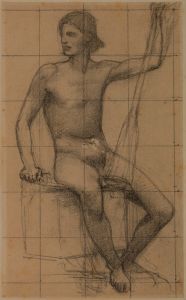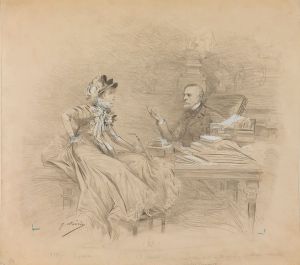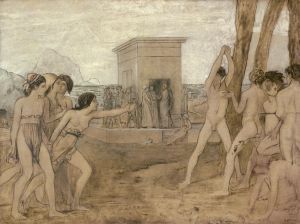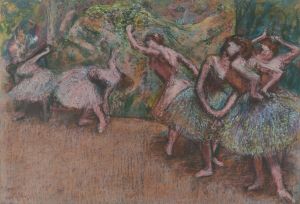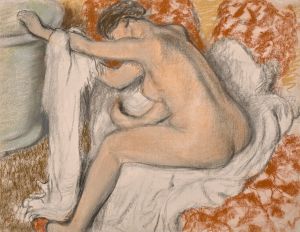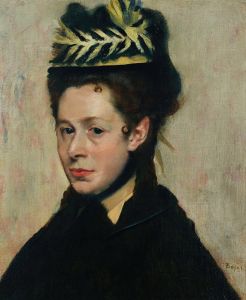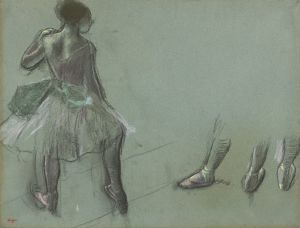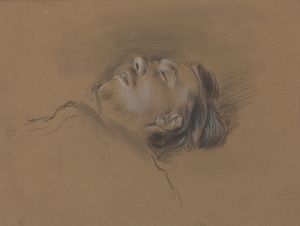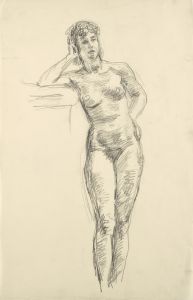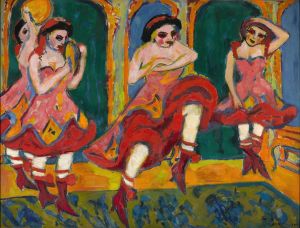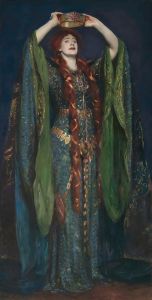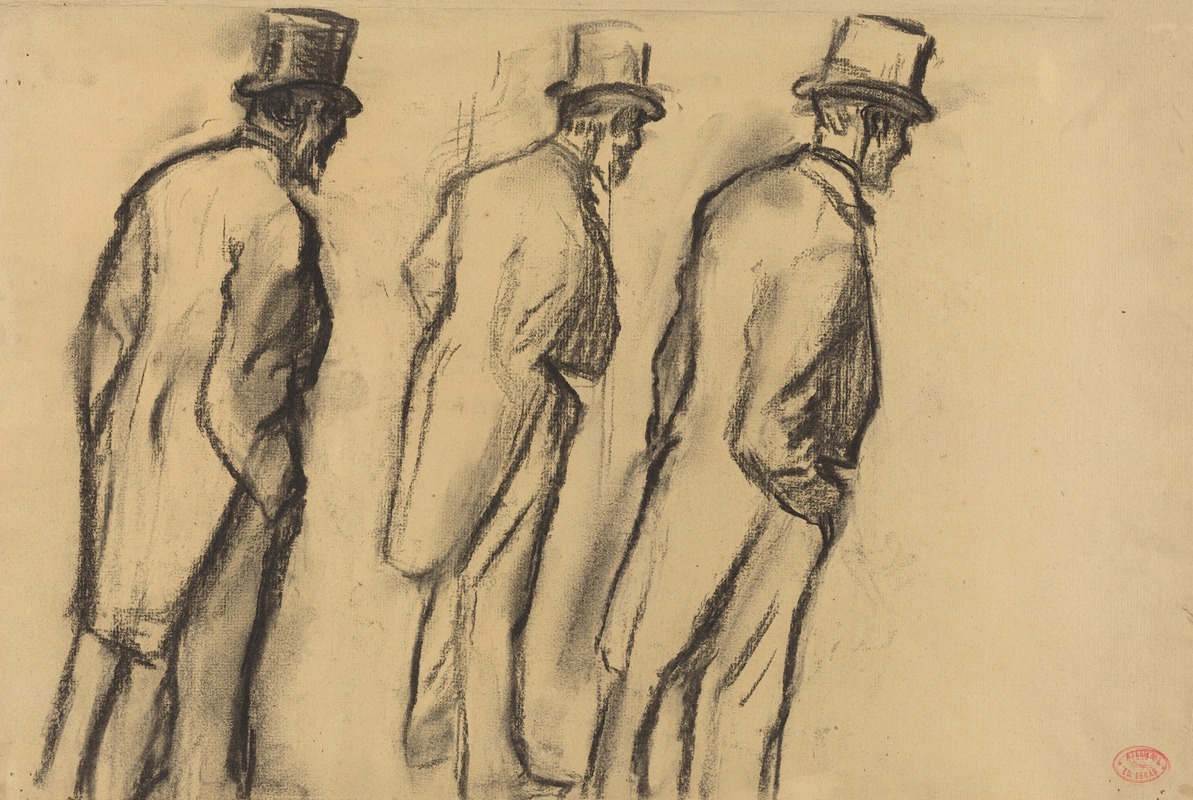
Three Studies of Ludovic Halévy Standing
A hand-painted replica of Edgar Degas’s masterpiece Three Studies of Ludovic Halévy Standing, meticulously crafted by professional artists to capture the true essence of the original. Each piece is created with museum-quality canvas and rare mineral pigments, carefully painted by experienced artists with delicate brushstrokes and rich, layered colors to perfectly recreate the texture of the original artwork. Unlike machine-printed reproductions, this hand-painted version brings the painting to life, infused with the artist’s emotions and skill in every stroke. Whether for personal collection or home decoration, it instantly elevates the artistic atmosphere of any space.
Edgar Degas, a prominent French artist known for his contributions to Impressionism, created the artwork "Three Studies of Ludovic Halévy Standing." This piece is a testament to Degas's skill in capturing the nuances of human posture and expression through his adept use of drawing. Ludovic Halévy, the subject of this artwork, was a notable French playwright and librettist, recognized for his collaborations with composer Jacques Offenbach and his contributions to the operatic and theatrical scenes of 19th-century France.
Degas and Halévy shared a close friendship, which is reflected in the intimate and informal nature of this artwork. The drawing consists of three separate studies of Halévy, each capturing him in a standing position. These studies highlight Degas's interest in movement and the human form, themes that are prevalent throughout his body of work. The choice to depict Halévy in various poses suggests Degas's desire to explore different aspects of his friend's character and demeanor.
The medium used for "Three Studies of Ludovic Halévy Standing" is likely charcoal or pencil on paper, which was a common choice for Degas when creating preparatory sketches or studies. This medium allowed him to achieve a high level of detail and subtlety, capturing the intricacies of Halévy's posture and the folds of his clothing. Degas's technique in these studies demonstrates his mastery of line and shading, which he used to convey depth and volume.
Degas's relationship with Halévy extended beyond this artwork; Halévy was part of Degas's social circle, which included other artists, writers, and intellectuals of the time. This network provided Degas with a wealth of inspiration and insight into contemporary cultural and artistic trends. The friendship between Degas and Halévy is emblematic of the collaborative and interconnected nature of the Parisian art scene during the late 19th century.
While "Three Studies of Ludovic Halévy Standing" may not be as widely recognized as some of Degas's other works, such as his ballet scenes or portraits of women, it offers valuable insight into his artistic process and personal relationships. The studies exemplify Degas's ability to capture the essence of his subjects with economy and precision, qualities that have cemented his reputation as one of the leading figures of Impressionism.
In summary, "Three Studies of Ludovic Halévy Standing" is a significant work within Edgar Degas's oeuvre, highlighting his skill in drawing and his interest in the human form. The artwork not only reflects Degas's technical abilities but also provides a glimpse into his personal connections and the vibrant cultural milieu of 19th-century Paris. Through this piece, viewers can appreciate the depth of Degas's artistry and his enduring impact on the world of art.





